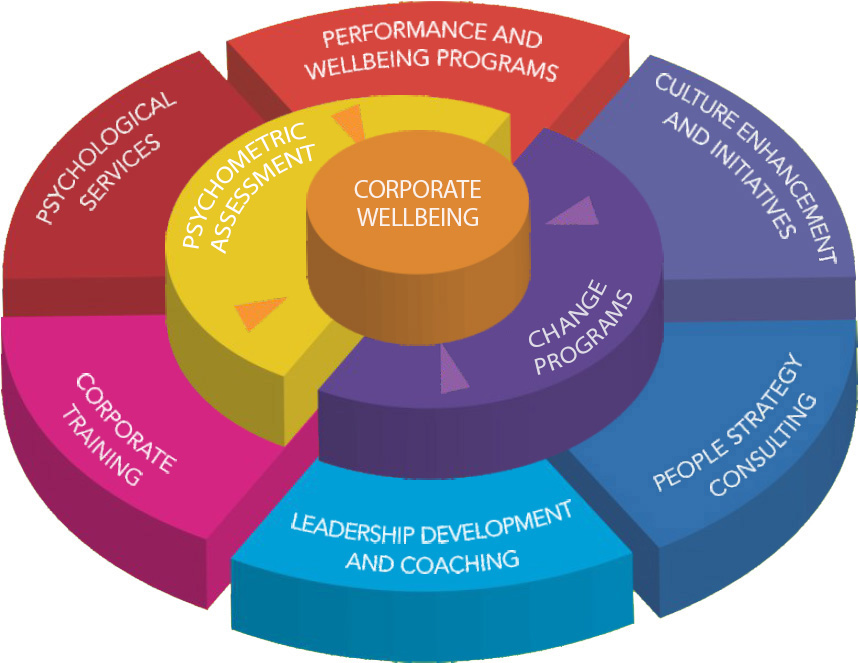Mental Health, Psychosocial Hazards and Wellbeing in the workplace has become a major focus of many organisations today, as workers are facing more psychosocial hazards and demands in the workplace which require the appropriate resources and interventions.
Mental Health and Wellbeing Programs
This, in turn, creates an environment ripe for interpersonal conflict where workers are having to work harder and faster, meet new management objectives and performance criteria.
Occupational Stress can be triggered by:
Adverse work experience such as:
- exposure to traumatic incidents
- threatening acts involving clients
- conflict in the workplace
- high workload
- poor management skills

Non adverse work experiences such as:
- low level of positive work experience
- low level of positive emotional states
As wellbeing can be triggered by adverse and non adverse experiences within the workplace, it is important for businesses in todays organisational climate to:
- Assess the mental health and wellbeing of their workers
- Identify trends and emerging issues within the workplace
- Develop broad prevention and control strategies
Programs Objectives
Thinkahead has developed an evidence based Wellbeing program which:
- Assesses the employees workplace stressors, personal strain, coping resources and general wellbeing.
- Provides an opportunity for employees to raise concerns and obtain advice in relation to current work issues.
- Enables individuals to reflect on lifestyle issues that could affect them at work amongst a range of identified prevention strategies to manage work-related job stress.
- Provides quantifiable data on trends and emerging issues to assist in the identification and development of broad prevention and control strategies.
APPROACH AND STRATEGIES
Our systemic approach and strategies to managing health and wellbeing in the workplace are as follows:
PRIMARY
PREVENTION

SECONDARY
PREVENTION

TERTIARY
PREVENTION
Addresses the sources of job stress and prevent it from occurring in the future. The goal is to minimise job stressors and prevent employees from experiencing stress-related adverse effects on health.
Solution: improving organisational culture, changing employee workloads, job redesign, provide clear job descriptions to avoid role ambiguity, increase workers involvement in decision making and protect workers from exposure to high emotional situations.
Focuses on altering the way individuals respond to stressors at work. This approach focuses on equipping the employee with the knowledge, skills and resources to cope the stressful conditions as well as the target employees already experiencing negative short-term symptoms to prevent them from becoming more serious.
Solution: Train employees in the area of health promotion, develop effective coping strategies to build resilience in the workplace.
I directed at treating and assisting employees who already have been exposed to job stress and developed stress-related health outcomes.
Solution: Occupational rehabilitation services, counselling, employee assistance programs and return to work programs.




